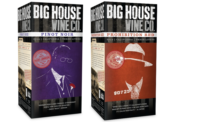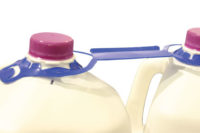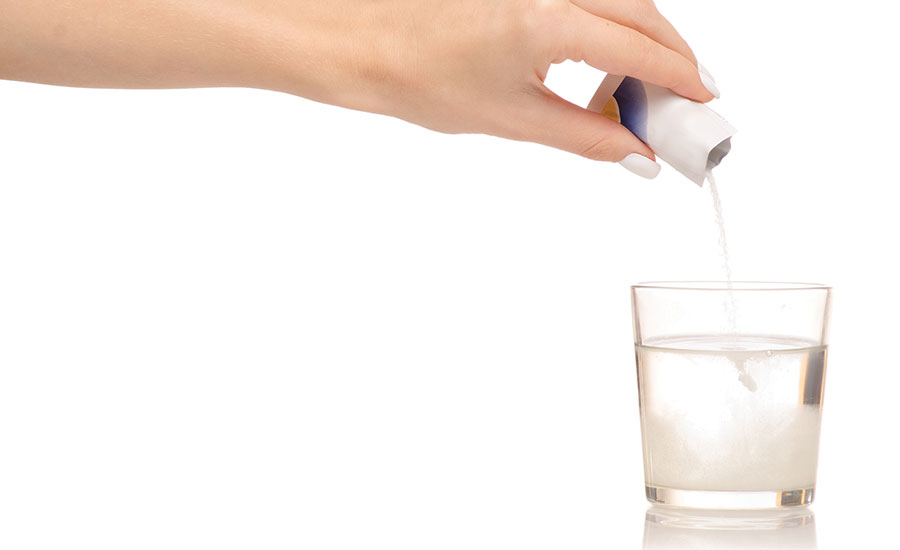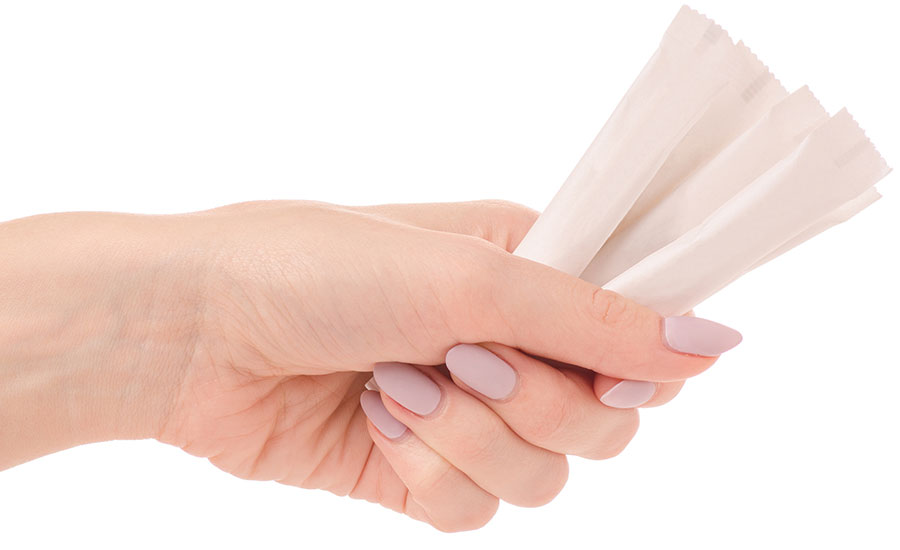Market Trends: Pharmaceutical Packaging
6 Reasons Little Sticks Pack a Big Punch
The packaging format has become central to many leading products.






In 2015, a study by Freedonia Group (freedoniagroup.com) projected that demand for tube and stick packaging in the U.S. would advance 4 percent per year to $2.1 billion in 2018, with stick packs making up the lion’s share of that growth relative to tubes. The study foresaw opportunities boosted by the further development of new applications and continued favorable prospects in several existing stick pack user niches, including pharmaceuticals. Customization and cost, the study presciently proclaimed, would also be driving growth factors, as product differentiation, portability and material savings compared favorably to conventional single-portion packaging types.
Moreover, a study released last fall by Technavio (technavaio.com) increased stick packaging’s projected year-on-year market growth to 6 percent, and cited North America as responsible for more than 40 percent of global market share. In this study, markers cited included the attractiveness of stick packaging’s high-barrier product protection as well as the format’s conduciveness to utilizing eco-friendly resins in these sustainability-conscious times.
First, let’s define what we mean by stick pack, a term I’ve seen used in various, seemingly shapeshifting ways. The defining industry nomenclature stems from the format’s relative size and shape as compared to traditional pouches, which are flat/rectangular in footprint and sealed on three or four sides. By contrast, stick packs are akin to tubes, as they are sealed only on three sides (two end points along a central fin, forming a tube) and have an elongated geometry — generally four times (or more) greater in length than width.
It is undeniable that stick packs have quietly become a ubiquitous packaging format central to many market share leading products. Marketers and consumers alike have embraced the entrusted familiarity of its form, utility and application in diverse point of sale channels — including drug stores, groceries, and specialty and convenience stores — and for a wide spectrum of product categories from food & beverage and dietary supplements to, of course, nutraceuticals and pharmaceuticals.
This universal acceptance has stood the test of time versus transient fads fueled by short-lived influencers. In short, stick packs anchor the intersection of synergistic needs — sustaining a perfect marriage between marketer, consumer and manufacturer. Let’s take a deeper dive into some of these compelling elements.
Convenience/Utility
Stick packs provide ultimate travel accessibility for just about any demographic you can think of because they fit perfectly into a lunch box, backpack, purse, pocket, briefcase, gym bag or wallet. They are conducive to immediate active consumption and are easy to pour into a secondary medium, such as a water bottle or food cup. Additionally, they are easy to manipulate due to their end-seal design, tapered pour spouts, horizontal/corner tear notches and scored perforation — while providing excellent child-resistance. Finally, they lend themselves to inclusion as a component within a larger finished-product matrix, such as meal kits, and facilitate on-the-go future consumption and in-the-field consumer trial/sampling.
Quality/Portion Control
A noteworthy benefit of single-serve stick packs derives from their ability to promote freshness and extend shelf life. Their single use makes them highly efficacious vs. larger packages that are opened and closed multiple times and introduce air, waste and contamination. Additionally, in keeping with present-day focus on portion control, stick packs feature self-explanatory dosages and offer consistency of usage experience — their form automatically eliminates confusion around dose variance considerations such as too much vs. too little, shallow vs. heaping scoop, light vs. heavy pour. Many stick packs feature multi-laminate film structures that can be combined to optimize oxygen/moisture barrier properties for maximum product preservation in distribution. And, finally, their automated, highly repeatable, precise dosing fill and dimensional output reduces manufacturing waste.
Customization/Flexibility
Stick packs offer high customization and flexibility along a variety of dimensions. Fill contents can range from dry, particulate powder to liquids, syrups, lotions and creams. Their sizing can be made commensurate with product type, density and pouch size, and they can accommodate an array of net weights via simple modification of dimensions. For example, the 10-lane (meaning 10 rows of stick packs are formed and filled simultaneously) Ropack equipment at Pharma Tech Industries can produce stick packs spanning widths from 0.454 to 2 inches, and lengths can be tailored on the basis of the bulk density of their contents. Tooling modification can expand width and length ranges up to 4 and 12 inches, respectively. Additionally, when it comes to printing, a typical stick packaging footprint provides adequate surface area to display differentiating graphics and consumer/point of sale information such as directions, supplement facts, UPC and ingredients. Features such as tear notches and tapered spouts can be utilized to further augment utility, ease of use and differentiation.
Sustainability
When it comes to sustainability, stick packs win out because “less is more.” Compared to larger pouch platforms, considerably less packaging material translates into use of a smaller amount of film, making them less cumbersome and costly. And their consistent dosage yields less waste. Additionally, their smaller size results in more favorable transport economics as compared with larger and heavier pouches and bottles that necessitate larger secondary packaging. Finally, the fact that they require a smaller investment upfront encourages consumer trial and impulse purchases, helping to prevent bigger, and potentially wasteful, investment in larger pack sizes that can end up disliked and discarded.
Economics
Stick packs generally facilitate more favorable economics than bottles and traditional pouches.
When it comes to automation, for example, they offer quite a high throughput. At Pharma Tech, we average rates of 40cpm, which translates into 400 pouches/minute and up, depending on pouch configuration.
From a printing perspective, in-line date coding makes for safe, efficient product expiry information. Vertical integration is another point of streamlining, as in line forming, filling and sealing from flat roll stock film provides greater efficiency than secondary filling from premade packaging alternatives. When it comes to consumer tastes, there seems to be a clear preference for stick packs in both developed and emerging areas. Developed markets often covet the sticks for their convenience and easy-trial option, while those in emerging areas often value the affordability of small packs relative to family-size volume prices.
Marketing
Stick packs are a brand manager’s dream, as they fulfill the four “P”s of Marketing 101 — Product, Placement, Price and Promotion:
- Product: They are applicable to a diverse array of product categories, and optimize sensory/organoleptic quality, shelf life integrity, convenience, choice and utility.
- Placement: They offer a flexible range for merchandizing on shelves, end caps, islands or at point-of-sale in all channels of trade.
- Price: Price is more advantageous than that of costlier bottles and larger pouch vehicles, as stick packs are lighter to transport, drive impulse and trial, and are compelling to consumers in emerging markets.
- Promotion: Promotional opportunities can be maximized thanks to stick pack flexibility and ease for trial, travel, sampling and assortment retail/club multi-count cartons.
Looking for a reprint of this article?
From high-res PDFs to custom plaques, order your copy today!









